Retaining walls are found in many homes, schools, and businesses. But most of us don’t really pay attention to it until we need one. It is true that retaining walls enhance your property’s curb appeal, but it’s more than that.
A retaining wall is a structure that helps hold rocks and soils to prevent them from sliding down. There are several materials to choose from for your retaining walls such as natural stones, wood, wood timbers, concrete blocks, or boulders.
What Are The Functions of a Retaining Wall?
Manages Water Runoff. They help slow down the flow of rainwater.
Adds Functional Outdoor Space. It can be used in building gardens or terraces.
Prevents Soil Erosion. It prevents water from flowing across the sloped soil, preventing soil erosion.
Increases Your Curb’s Appeal. Building a retaining wall adds elegance and appeal to your outdoor space.
Provides Stability. If your property stands on a sloped area, soils can fall downward.
HOW TO KNOW IF YOU NEED A RETAINING WALL
- Do you need something to control or prevent downhill erosion? If materials are clogging certain areas on your property, building a retaining wall might solve the issue because retaining walls minimize soil erosion.
- Are you living downhill from soil fault lines? Soil erosion might not be your concern right now, but it will still be an issue in the future. For instance, if an earthquake occurs, the land will slide away from the fault lines. Installing a retaining wall will provide more stability.
- Your home’s foundation is threatened by erosion or by a sliding hill.
- Do you have an old and damaged retaining wall? You might need to consider building a new one.
- You start noticing that you have an issue with your drainage system. One example of a drainage issue is water pooling in the garden. This can drown and ruin your plants and can become breeding grounds for mosquitoes and other insects.
Repairing an Existing Retaining Wall
“Can I still save my retaining wall?”
If you have an old retaining wall and still confused if you should build a new one, this might be a great help.
Leaning Wall
Walls that slant on one side is usually caused by tree roots, failed footing, or bad drainage. Unfortunately, if you start noticing that your retaining wall is leaning, you might need to demolish it and start from scratch.
Cracking Wall
If you have a minor crack in poured concrete, you can fill it with hydraulic cement. For a mortared wall, you can use a chisel to remove the damaged joint filler. However, if the crack is more than ¼ inch wide and deep, the wall can have structural damage. For cases like these, it is recommended to call a professional to inspect if the area can still be repaired or replaced.
Sagging
Sagging indicated that there is a failed spot in the footing. A professional will be able to replace the damaged area.
Bulging
A bulge is usually caused by a lack of anchoring. Excavation behind the wall can allow the bulging section to be rebuilt.

